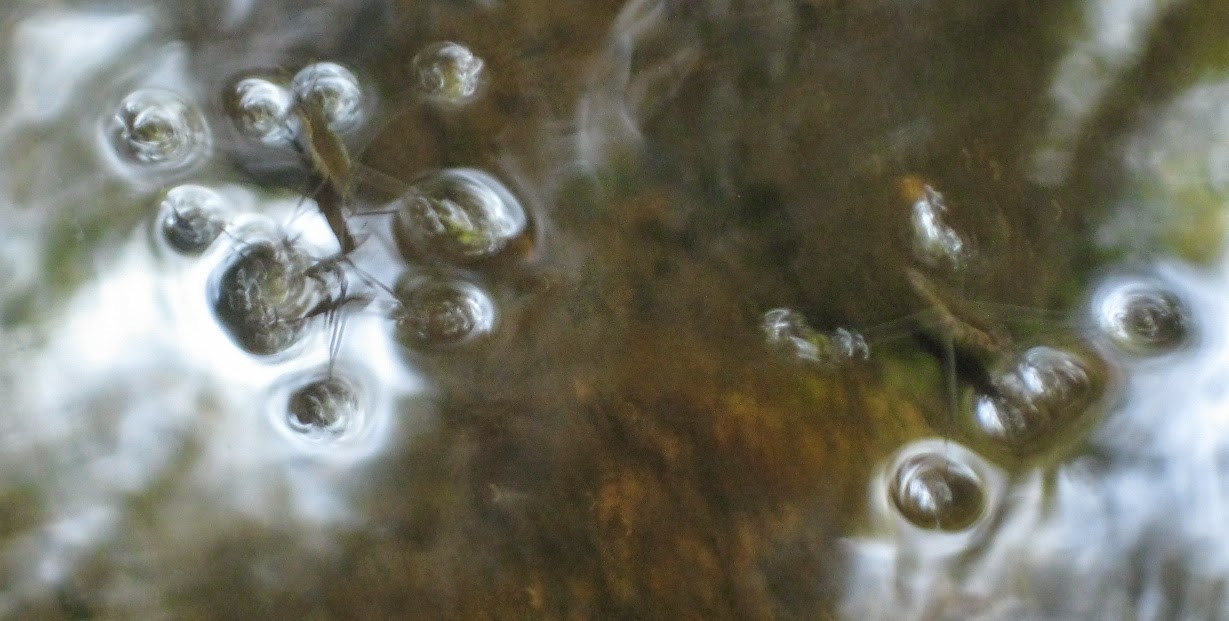Yesterday I got an email from Dr. Thierry Kozak in Paris. He said he is writing a catalog of Carl Nesjar - who is now 94 - ice fountains and he found my pictures and brief description of the Anchorage ice sculpture and asked for help getting more documentation.
 |
| Nesjar Fountain Anchorage - Winter |
So, I'm posting this in hopes that others who know about the sculpture and its origins and history might email me to make contact with Dr. Kozak.
The book will have two parts:
Part 1: An overview of all of the 20 Nesjar fountains in the world. (Four are in the United States.)
Part 2: A history of each individual fountain. (This will be the bulk of the book.)
For Anchorage, he only has, so far, my 2009 blog post. Below I've paraphrased some of the things he'd like to know from us about the Anchorage sculpture:
If there are:
- drawings
- preparatory studies
- maquettes (Carl often made little models of his fountains)
- the name of the owner of the fountain [I think the Municipality owns it]
- the name of the agency who commissioned the work
- the sizes of the fountain
- the dates (commission, completion, inauguration, restoration of the monument...)
- official letters between Nesjar and the organization
- list of the authors who have written about the work
 |
| Nesjar Fountain Anchorage - Summer |
I'm sure there are people in Anchorage - at Loussac Library, the Municipality, the 1% for the Arts program, the museum, other artists, the group that raised funds to restore the fountain - who can offer bits and pieces of information that would be helpful to Kozak.
I'm hoping people reading this will alert them about this so they can respond. This is good for Nesjar, for awareness of northern art, and for Anchorage too. People travel for many different reasons - to see famous sights, to see birds, to climb mountains, etc. I imagine that there will be people who come to Anchorage to see the Nesjar sculpture when the read about it in Kozak's book. At least it will be one of the reasons they come here instead of somewhere else.
It's always rewarding to learn that someone, somewhere finds the scraps I'm posting to be useful.

























